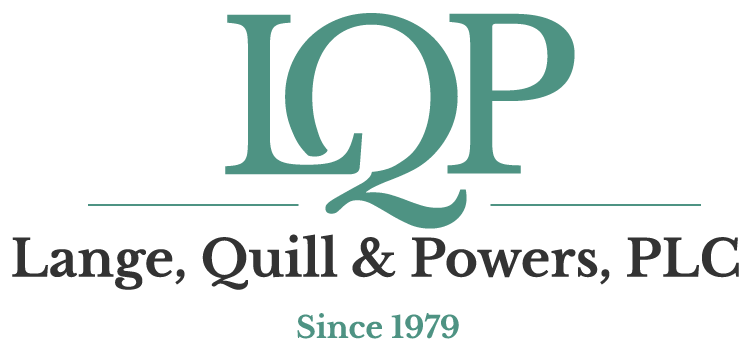A home purchase is the largest investment most people will make in their life. However, if the borrower does not make his or her mortgage payments, the lender may pursue foreclosure.
Foreclosure is the process a lender, usually a bank or other financial institution, uses to repossess the home and force a sale of the property.
Deficiency judgments and payment plans
If the property is worth less than what the borrower owes on the mortgage, the lender may also pursue a deficiency judgment. This means that the property owner can lose his or her home and must still pay the lender the difference between what the home sells for and what the borrower owes.
If the borrower receives a letter about foreclosure from the lender, he or she may want to contact the lender to discuss their options, such as selling the home themselves or setting up a different payment arrangement. The lender may ask for information about the borrower’s financial situation including their monthly income and expenses.
If the borrower wants to try to sell the home before the foreclosure proceedings start, the lender may provide him or her with a certain amount of time to sell and pay the money owed to the lender. However, if the home sells for less than what the borrower owes, the lender could still pursue a deficiency judgment.
Because foreclosure and deficiency judgments can negatively impact the borrower’s credit, it may be difficult for him or her to qualify to buy another home in the future. To avoid the foreclosure process, sometimes the borrower will qualify for a payment plan with the lender that temporarily reduces his or her payments.
The foreclosure process can be complex and the outcome is dependent on the borrower’s circumstances. An experienced real estate attorney can review the situation and provide advice.

